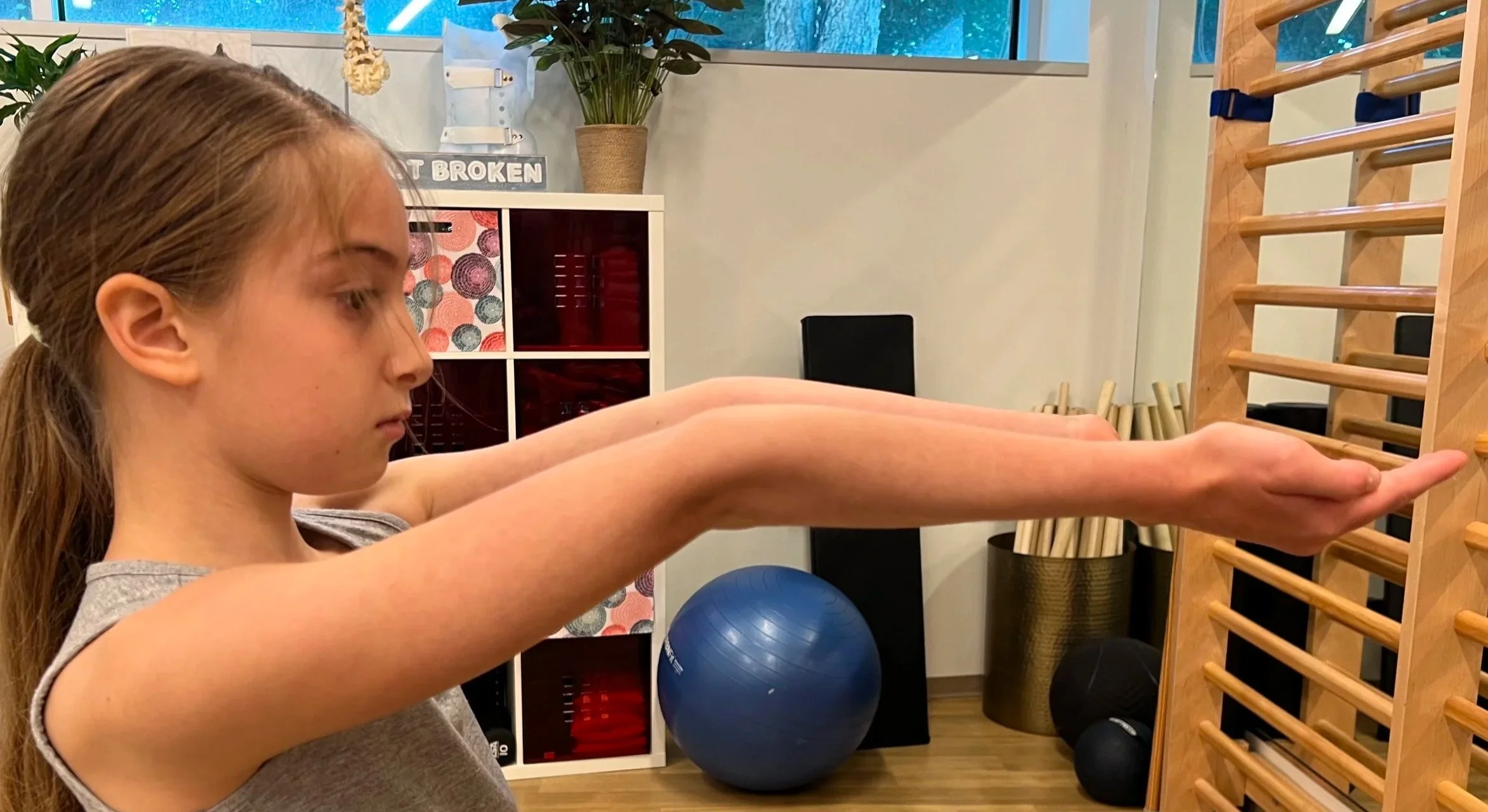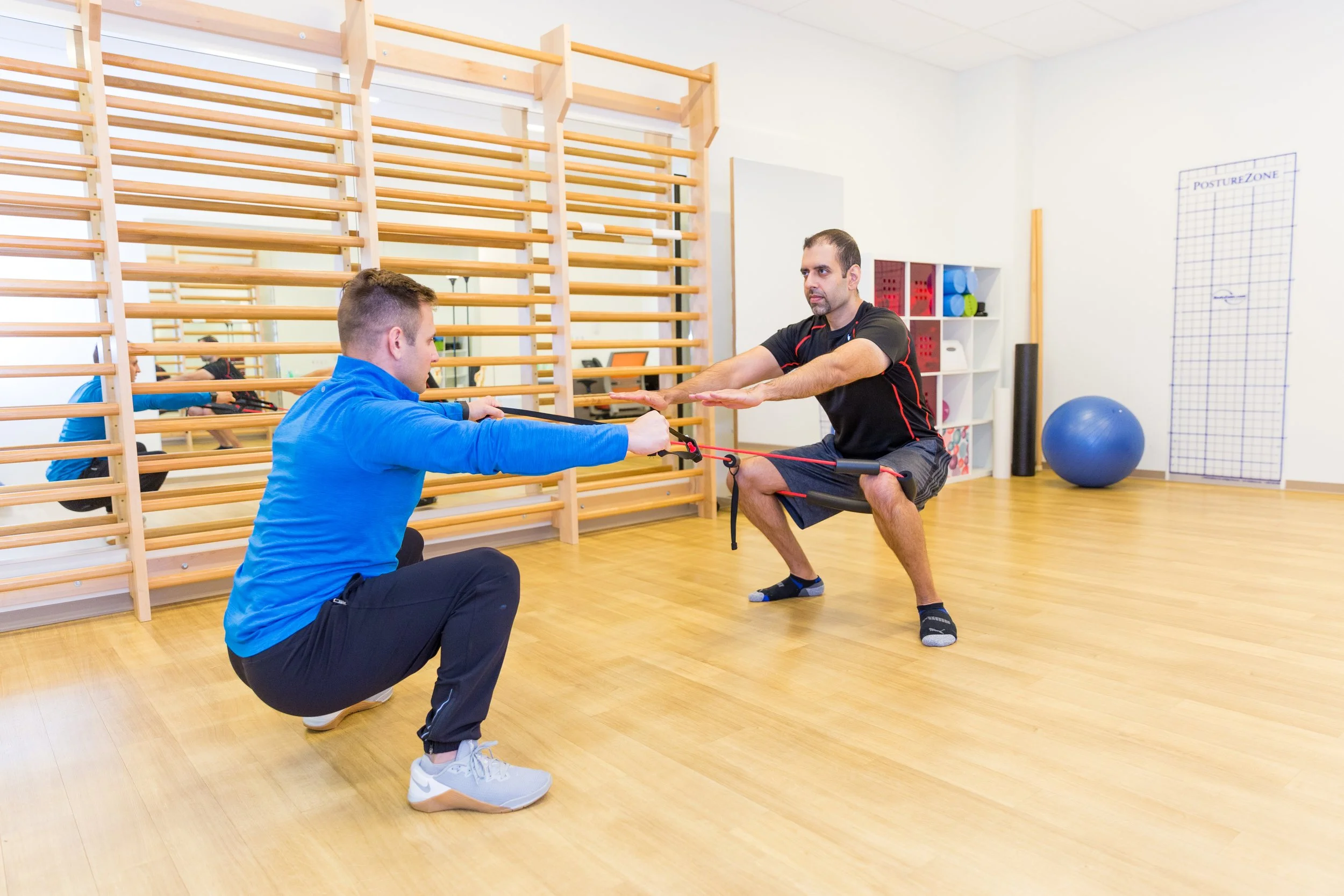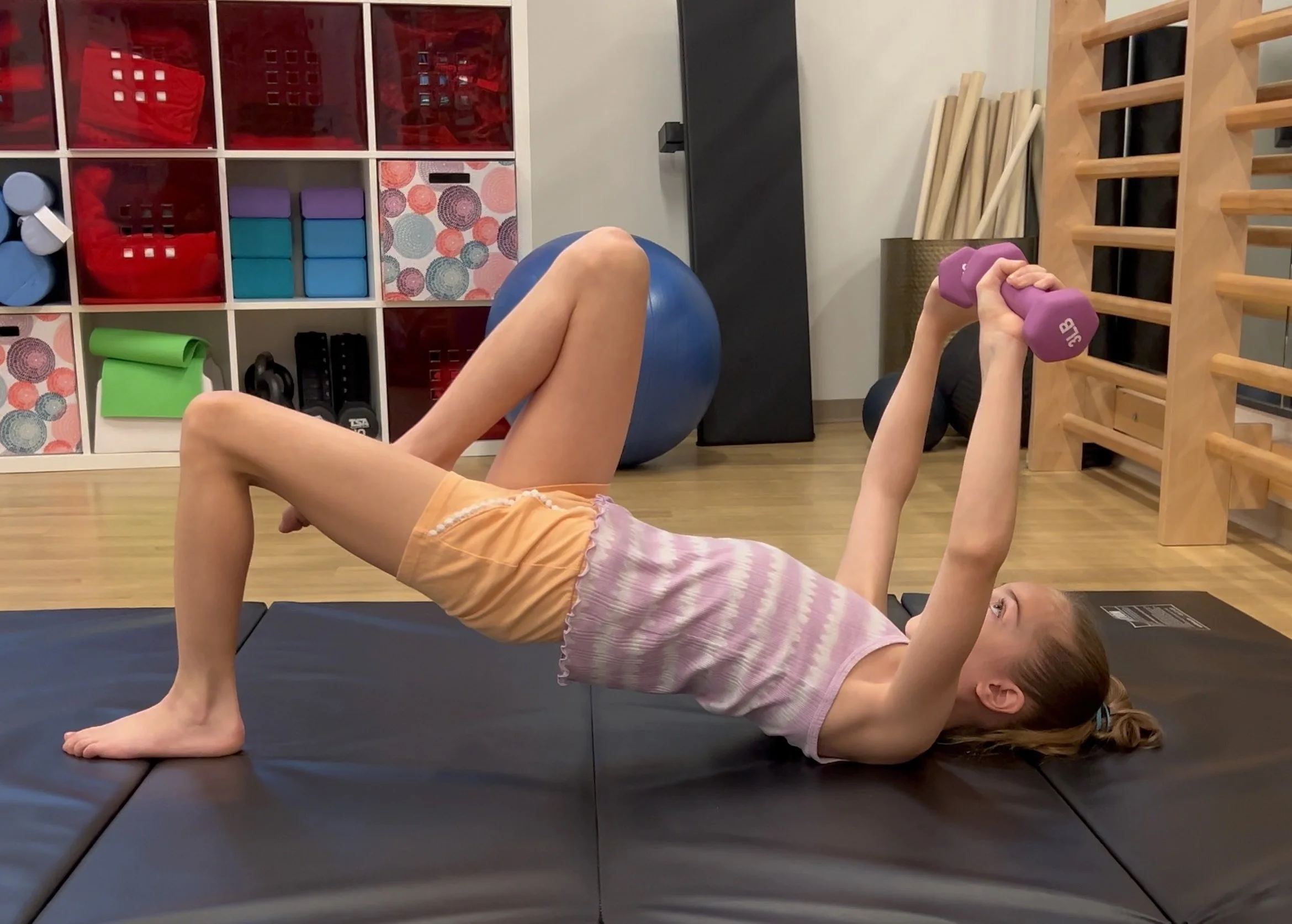
Hypermobility
At Schroth DC, we recognize that scoliosis is often connected to more than just spinal alignment. Many of our patients also present with hypermobility syndromes, which can complicate posture, stability, and long-term management.
Understanding Hypermobility
Hypermobility refers to joints that move beyond the normal range of motion. While this may seem like increased “flexibility,” it often comes at the cost of joint stability, muscular support, and proprioception. Individuals with hypermobility may also experience:
Muscle fatigue and pain
Postural instability
Frequent sprains or injuries
Difficulty building strength or maintaining alignment
Hypermobility and Scoliosis
For people with scoliosis, hypermobility presents unique challenges:
Spinal Instability: Excessive joint laxity can make it harder to maintain corrections and resist curve progression.
Low Muscle Tone: Many hypermobile individuals have reduced baseline muscle tone, limiting natural spinal support.
Neuromuscular Demands: The body must work harder to stabilize, often leading to overuse, compensation patterns, and fatigue.
Common Conditions We See
At Schroth DC, we frequently work with patients who have scoliosis alongside hypermobility-related conditions, including:
Generalized Hypermobility Syndrome
Ehlers–Danlos Syndrome (EDS)
Postural Orthostatic Tachycardia Syndrome (POTS)
Dysautonomia (nervous system dysregulation affecting circulation, heart rate, and fatigue)
Low muscle tone (“hypotonia”) in children and adults
These conditions often overlap, creating a complex picture of instability, fatigue, and autonomic symptoms that require a specialized, patient-centered approach.
Our Approach
We integrate Schroth-based principles with targeted strategies for hypermobility, focusing on:
Postural Alignment: Training the body to find and hold optimal spinal positioning despite joint laxity.
Stability & Strength: Progressive strengthening of deep stabilizers and postural muscles to compensate for ligamentous laxity.
Proprioception & Body Awareness: Improving balance, coordination, and joint position sense.
Energy Management: Respecting fatigue thresholds and pacing to support conditions like POTS and dysautonomia.
Breathing & Autonomic Regulation: Using breathwork and alignment strategies to reduce strain, improve circulation, and support autonomic function.
Why Specialized Care Matters
Hypermobility and scoliosis require more than a “one-size-fits-all” approach. Our therapists are experienced in tailoring exercise progressions to create stability without overloading fragile joints, building confidence in movement, and helping patients manage symptoms across the musculoskeletal and autonomic systems.
Ask about additional treatments:
-
Description text goes hereSoft and Deep Tissue Mobilization. Hands-on techniques intended to release tightness, trigger points, and restrictions in the muscles and fascia. This technique can be useful in addressing tight musculature and other soft tissues around the curvature resulting in improved mobility of the curve.
-
A thorough assessment helps us identify whether shortened muscles are contributing to your condition. While we often provide assisted stretching and teach safe home stretches, hypermobility requires a different approach. Even when patients feel “tight,” their muscles are usually already overstretched. In these cases, building stability and control rather than more stretching is key to reducing discomfort and supporting long-term alignment.
-
The body can become deconditioned for a variety of reasons: due to pain, surgery, sedentary lifestyle, and even wearing a brace. The importance of core, hip, and back strength can not be understated for those with scoliosis or spinal diagnoses, especially those who are considering bracing, are currently braced, or who have been braced in the past.
-
In contrast to exercise performed purely for fitness, therapeutic exercise isolates a particular muscle group that is weak or dysfunctional. These will be implemented to complement the Schroth Method.
-
Stiffness in the joints can be addressed by applying graded pressure to the joint surface
-
Utilizing small, thin needles to both activate dormant muscle tissue as well as release hypertonic muscles. This can be a great tool to reduce both acute and chronic pain, as well as improve mobility
80 minute evaluation: $330
50 minute follow-up: $235
Have questions? READ FAQs
Need to talk with us? CONTACT US




